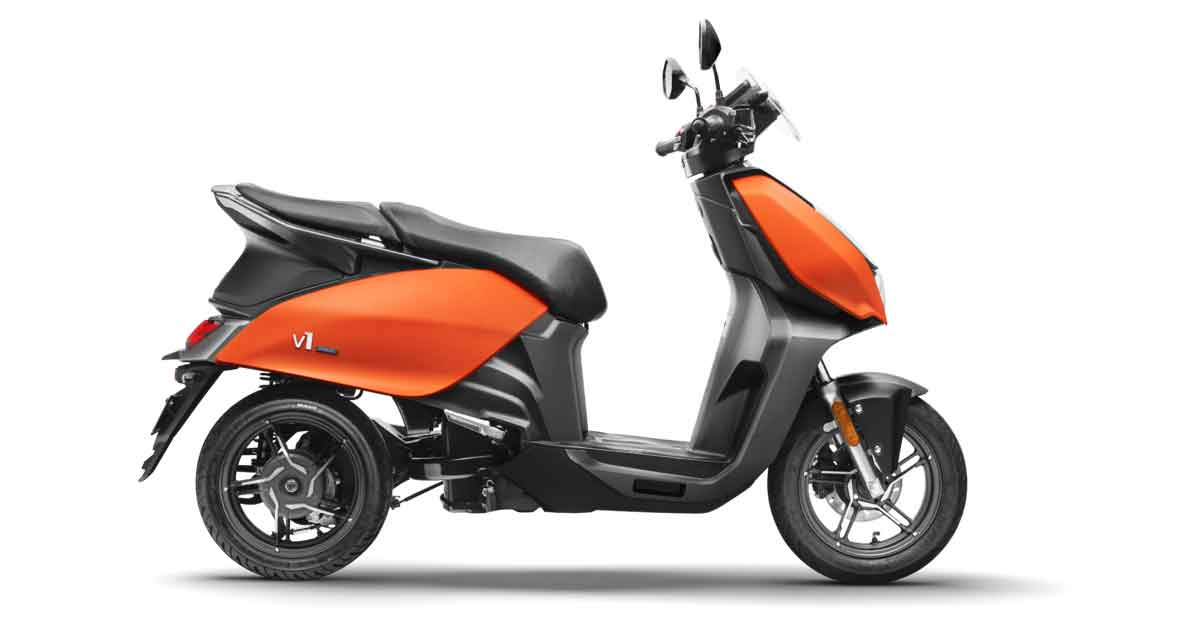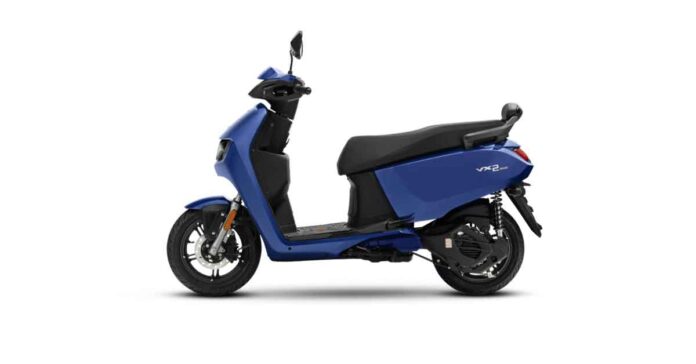Hero Vida VX2 Go vs Plus – Which One Truly Delivers Value?
The electric scooter market in India is heating up, and Hero MotoCorp has jumped into the game with a promising duo—the Vida VX2 Go and VX2 Plus. Both aim to make EV ownership more affordable and practical, but which one offers the better deal? Let’s break it down.
🛵 Design & Riding Comfort
From the outside, both variants look almost identical—sleek bodywork, clean lines, and a compact frame that makes them great for city commuting. Both come with a single-seat design, a flat footboard, and 12-inch wheels that ensure good road grip. The under-seat storage is decent (around 33 litres), easily fitting a half-face helmet or a backpack.
The Plus variant comes with a slightly more premium 4.3-inch TFT display, while the Go variant sticks to a simpler layout, but both offer a clear interface. Ride quality is smooth, thanks to telescopic front forks and rear monoshock suspension.

🔋 Battery, Charging & Performance
The biggest difference lies in the battery setup:
VX2 Go packs a 2.2 kWh battery with an IDC range of ~92 km
VX2 Plus upgrades to a 3.4 kWh battery with a claimed range of 120–142 km
In real-world use, expect closer to 70–100 km per charge, depending on your riding habits. Both variants offer removable dual batteries and fast-charging support—reaching 80% in under 3 hours via Hero’s DC charging network or standard AC wall charging.
💰 Pricing & Battery-as-a-Service (BaaS)
This is where Hero shakes things up. With the Battery-as-a-Service model, you don’t buy the battery upfront. Instead, you pay a per-kilometer rental fee (~₹0.96/km) and lower the scooter’s base price:
VX2 Go with BaaS: ~₹73,840 (ex-showroom delhi)
VX2 Plus with BaaS: ~₹82,790 (ex-showroom delhi)
Without BaaS, prices go up to ₹99,490 and ₹109,990 respectively. The rental option makes both models among the most affordable electric scooters in India right now, especially for short-distance commuters.
📱 Smart Features & Tech
The Plus variant gets extra goodies like app connectivity, turn-by-turn navigation, remote immobilization, SOS button, ride analytics, and OTA software updates. The Go keeps things basic but functional. Both are future-ready for city riders looking for tech without spending a fortune.

